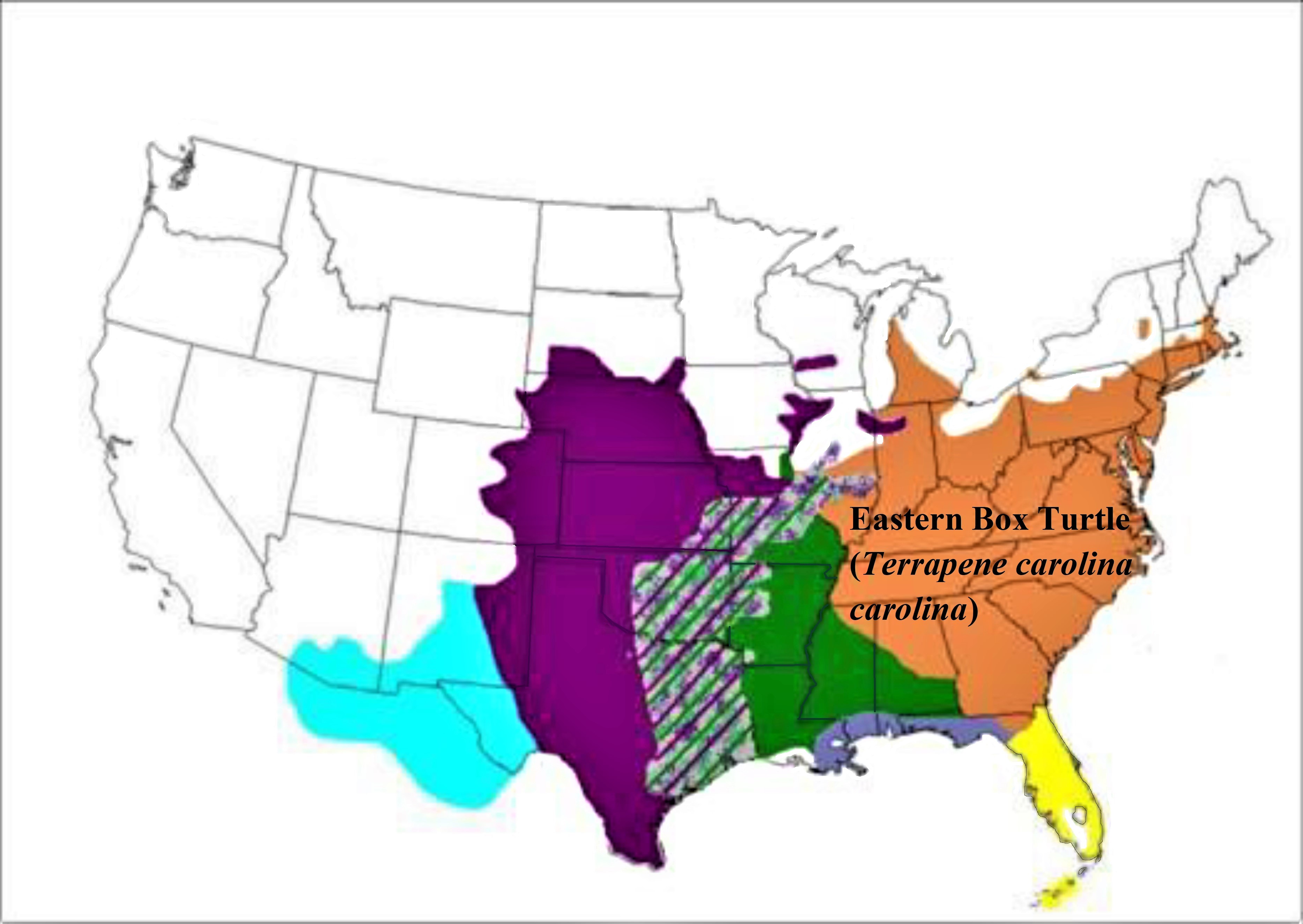Here are my notes from the Biology in SF panel:
Biology in SF
Use is by Symbolic representation
- Pick a desired heritage and match to a biological root species: e.g., Puppeteers and Kzin in Known Space vs herbivores and cats.
- Combine qualities to create a new species for use in a work.
Taxonomic Approach
- Single celled
- Traits
- Single cell
- Able to directly convert food stuffs
- Massive cooperation
- Types
- Protista
- Archaea
- Bacteria
- Examples
- Extremophile nanobacteria: the gods of The Engines of Light, K. Macleod (Probably the most interesting example. These form an ecology that represents a mind of such staggering complexity, sophistication, and power that the humans refer to them as “gods.”)
- Darmats, RJ Sawyer, Starplex: hyperintelligent dark matter creatures
- Astrophage, Hail Mary: non-intelligent solar parasites
- The ocean mind in Solaris, S. Lem.
- Chrichton’s Andromeda Strain
- Multicellular
- Plants
- Interesting characteristics
- Derive sustenance from the soil and sun
- Strength over time
- The illusion of subservience
- Examples
- Caliban Landing, Steven Popkes: distantly intelligent plants that migrate north to south and are parasitized by humans.
- Caliban Landing, normal plants that re-emit radio waves as a function of their photosynthesis
- Day of the Triffids, John Wyndham
- Fungi
- Traits
- Able to get places unexpected—think the mycelium in the earth
- Linkage between disparate life forms—the Mother Tree hypothesis
- Parasitism—coopting the organisms best interest for its own
- Mystery, death, rebirth
- Transcendental revelation
- Examples
- The Last of Us
- Star Trek: Discovery—Spore Drive
- Voyage to the Mushroom Planet, Cameron
- Nausicaa of the Valley of the Wind, Miyazaki
- Vertebrates
- Aquatic
- Intelligent fish.
- Invasion: intelligent fish that kill and take over humans during a hurricane.
- Recall a story where fish-like predators are seeded onto the ocean and end up driving humans up on land. Then, they start self-evolving to take the land.
- The Kraken Wakes: John Wyndham
- Intelligent mammals
- Dolphins in Brin’s Uplift series.
- Dolphins in Jablokov’s Deep Drive
- Dolphins in Niven’s World of Ptaavs
- Terrestrial (Tetrapods are the default mode in terrestrial vertebrates. Not so invertibrates
- Groups
- Dinosaurs
- Traits
- Operate at scale. No terrestrial animal explored scale like dinosaurs.
- Longitudinal ecological niche. I.e., size changed niche. Eg, young T. Rexes occupied a cat->leopard->lion niche depending on size. Adults had their own niche. Mammals speciate to occupy the same niche.
- Examples
- The Engines of Light, K. Macleod, saurs.
- Think like a Dinosaur, JP Kelly.
- Dinosaurs vs Aliens, G. Morrison
- West of Eden, H. Harrison
- Dragons in McCaffrey’s dragon rider stories. Could be in birds or reptiles, too.
- Birds
- Traits (note: some of these may also be applicable to dinosaurs)
- Complete makeover in the service of flight. Size, intelligence, vision, all highly optimized around flight. (Except, of course, ground dwelling birds.) This means the intelligence/size ration far out of balance compared to mammals.
- Advanced mechanisms for sexual display and pair bonding
- Interestingly limited perception. E.g., boobies circle their nest with excrement rings. Chicks that wander out of this area are not recognized by the parents until they wander back in.
- Highly developed child rearing.
- Feathers. Partial scales.
- Example
- Gubru: The Uplift War, Brin
- Poul Anderson’s Ythrians
- Resident Alien, Blue Avians
- Mammals
- Traits
- Warm blooded (see also birds and maybe dinosaurs)
- Highly developed child rearing.
- Lactation as opposed to vomit feeding or on their own.
- Live birth of various sorts (placental vs marsupial vs monotremes)
- Highly intelligent
- Modifiable forelimbs
- Examples
- Piggies in Card’s Speaker for the Dead
- Ewoks in Star Wars
- Any wolf equivalent in sf
- Wolf equivalent in Simak’s The Werewolf Principle.
- Kzin in Niven’s Known Space
- Fuzzies in Piper’s Little Fuzzy
- Reptiles
- Traits
- Scales.
- Cold blooded
- Non-rearing of offspring
- Examples
- Reptilian humanoids in UFO conspiracies
- Serpent men in Robert Howard’s King Kull
- Aliens in Ridley Scott’s series. They could fit in insects, too. But they are tetrapods. They like heat—a little cold blooded. While they have an exoskeleton it appears based on tetrapod construction so I think it’s more armor than anything else.
- Amphibians
- Traits
- Various approaches to water. Some are highly dry tolerant (toads) others not so much (axolotl)
- Transitional form: a larva to adult where the larva occupies a completely different niche and often a different environment than the adult.
- Example
- Boovians, The True Meaning of Smek Day, Rex.
- Arcadians. Star Trek. The Voyage Home
- Ophidians, Cloudburst, Palmiotti and Gray
- Mon Calamari, Star Wars
- Invertebrates
- Cephalopods
- Traits
- Tentacles
- Short lived, asocial
- Networked brain between center and tentacles
- Examples
- Thermians from Galaxyquest
- Ood from Dr Who
- Decapodian, Futurama.
- Graboid, Tremors.
- Gelgamaks, South Park
- Tardigrades:
- Traits
- Hex limbed.
- Incredibly hardy.
- Able to hibernate for long periods
- Examples
- Slow Lightning, Steven Popkes, Spatiens (Tardigrades) as constructed species.
- Tardigrades, Star Trek: Discovery
- Tardigrades, Futurama
- Insects
- Traits
- Exoskeletons
- Hex limbed
- Multiple sensitive sense systems: eyes, antenna, etc.
- Several successful hive organisms
- Examples
- Slow Lightning, Steven Popkes, Bishop 24, described as a praying mantis stuck on the body of a sow bug.
- Has a society of adults that cast egg into the sea to become larva, which come ashore in the ancestral waters to pupate. Emerging juveniles are tested and then accepted as adults if successful or consumed as food if not.
- Combo of several invertebrate life cycles.
- Trisolarians, Three Body Problem,
- Selenites, Wells, First Men on the Moon
- Mantid, Resident Alien
- Bugs, Starship Troopers Also could be Spiders
- Alien invaders, Peacemaker
- Spiders
- Traits
- Always predators
- Eight legs with pseudo limbs like pedipalps
- Examples
- Spider beings in Harry Potter
- Parasitic arachnoid, Scavengers Reign
- Bugs, Starship Troopers Also could be Insects
- Alien cow, Peacemaker
- Sessile organisms (various sorts)
- Traits
- Organism may have motile larval form but adult form is sessile.
- Various sessile forms exist. E.g., spoon worms which have a long “spoon” capturing falling debris.
- Examples
- Mother, Philip Jose Farmer
- Known Space, Larry Niven: Grogs. (Not really invertebrates but definitely sessile.)




